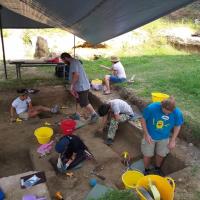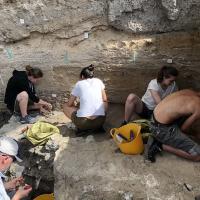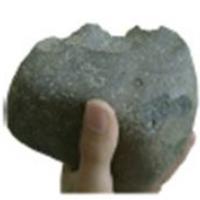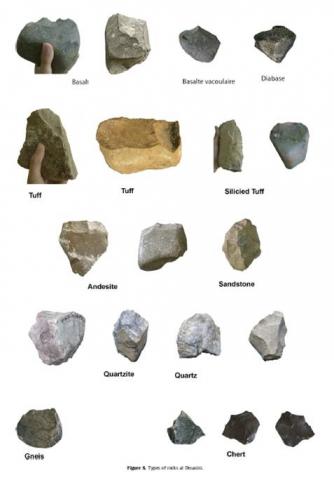Latest News






|
|
Mgeladze et. al. published a paper Hominin occupations at the Dmanisi site, Georgia, Southern Caucasus: Raw materials and technical behaviours of Europe’s first hominins in Journal of Human Evolution, saying that rocks for stone-tool manufacturing were collected from nearby rivers or outcrops. The large collection of the manuports could have been a strategy to create stone reserves for repeated visits. Dmanisi lithic assemblage is most comparable to Oldowan sites in Africa.
Abstract
 Dmanisi is the oldest site outside of Africa that records unquestioned hominin occupations as well as the dispersal of hominins in Europe and Asia. The site has yielded large numbers of artefacts from several periods of hominin occupation. This analysis of Dmanisi stone tool technology includes a review of all the pieces recovered during the last 15 years of excavations. This lithic assemblage gives insights into the hominin behaviour at 1.7–1.8 Ma in Eurasia. Dmanisi hominins exploited local rocks derived from either nearby riverbeds or outcrops, and petrographic study provides data on patterns of stone procurement. Recent geological surveys and technological studies of the artefacts illustrate the roles of hominins in composing the assemblage. Dmanisi hominins selected two types of blanks, including cobbles and angular blocks, of basalt, andesite, and tuffs. Many complete cobbles, pebbles, and rolled blocks in basalt were unmodified, and geological analyses and surveys indicate that hominins brought manuports back to the site, suggesting a complex procurement strategy. Cores, flakes and debris show that all stages of flaking activity took place at the site. Numerous unifacial cores suggest that knapping was not very elaborate. Centripetal knapping is observed on some flake-cores. Knapping was influenced by the blank shape and natural angles. Most flaked objects were either cores or chopper-cores. Flakes predominate while flake tools are rare. The Dmanisi lithic assemblage is comparable to Oldowan sites in Africa in terms of reduction sequence, organisation of the removals, platform types, and the lack of retouched flakes. Dmanisi artefacts and may have been produced by the original hominins in Europe and Asia.
Dmanisi is the oldest site outside of Africa that records unquestioned hominin occupations as well as the dispersal of hominins in Europe and Asia. The site has yielded large numbers of artefacts from several periods of hominin occupation. This analysis of Dmanisi stone tool technology includes a review of all the pieces recovered during the last 15 years of excavations. This lithic assemblage gives insights into the hominin behaviour at 1.7–1.8 Ma in Eurasia. Dmanisi hominins exploited local rocks derived from either nearby riverbeds or outcrops, and petrographic study provides data on patterns of stone procurement. Recent geological surveys and technological studies of the artefacts illustrate the roles of hominins in composing the assemblage. Dmanisi hominins selected two types of blanks, including cobbles and angular blocks, of basalt, andesite, and tuffs. Many complete cobbles, pebbles, and rolled blocks in basalt were unmodified, and geological analyses and surveys indicate that hominins brought manuports back to the site, suggesting a complex procurement strategy. Cores, flakes and debris show that all stages of flaking activity took place at the site. Numerous unifacial cores suggest that knapping was not very elaborate. Centripetal knapping is observed on some flake-cores. Knapping was influenced by the blank shape and natural angles. Most flaked objects were either cores or chopper-cores. Flakes predominate while flake tools are rare. The Dmanisi lithic assemblage is comparable to Oldowan sites in Africa in terms of reduction sequence, organisation of the removals, platform types, and the lack of retouched flakes. Dmanisi artefacts and may have been produced by the original hominins in Europe and Asia.
This paper was in top 10 of most downloaded papers on Science Direct from Journal of Human Evolution in the year 2011.
